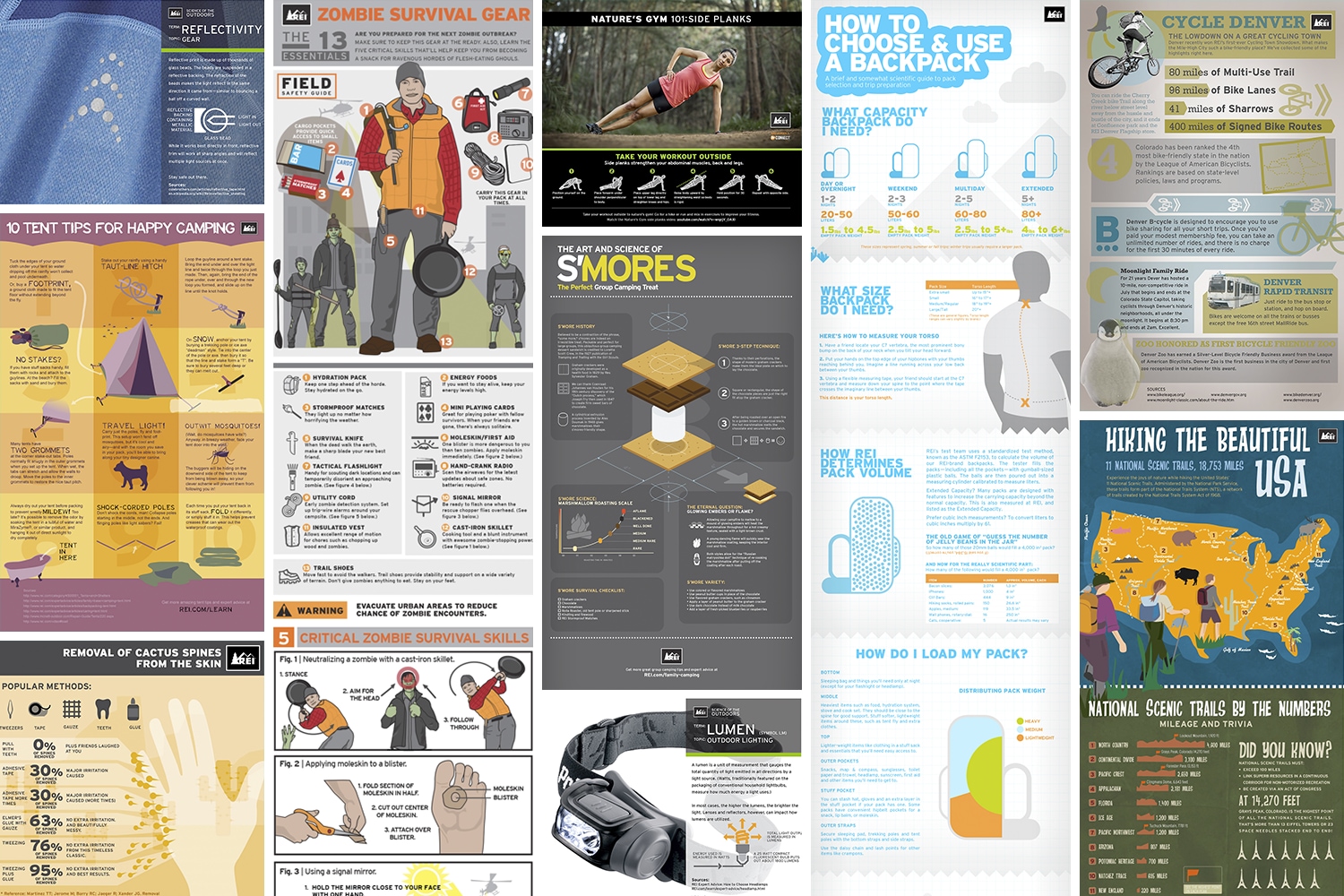The Hold Drawback is a simple and protected method to establish camping tent man lines. It's additionally a fantastic strategy for backing out a stubborn camping tent fix. It can also be utilized to create an adjustable tarpaulin man line where the modification is made at the tent/tarp end. It's useful in high winds as it doesn't slip.
1. Bowline
Bowline is a knot that makes a loophole at one end of a rope. It's easy to link and untie, and it withstands jamming rather well.
It's also an excellent knot to use for signing up with two lines with each other, although it's normally recommended that you make use of a various technique (such as a sheet bend or square knot) for this objective, to avoid having both separate bowlines use against each other over time and weaken the line.
One potential trouble with bowlines is that they can easily jam or bind if the working end is improperly gone through the bunny opening. Several crucial failings have actually been reported as a result of this, specifically when utilized in climbing applications. To aid stop this from happening, you can make a left-handed bowline by passing completion around the standing part of the loophole instead of with it, as received the computer animation listed below. This variation supposedly performs far better and holds up against ring tension (a distending pressure used either side of the knot) better than the common bowline.
2. Hold Hitch
Using these clutching drawbacks to secure your individual lines aids you prevent the trouble of your line jamming while adjusting or tightening them. They are likewise valuable when attaching a line to an item that is tougher to reach than your standing end, such as a tree or huge anchor object.
The Hold Drawback is a rubbing knot that can be quickly shifted up or down the line while slack however holds firm under lots. It is useful for tensioning ridgelines or person lines and for camping applications to secure tarpaulins or outdoors tents.
To link the Hold Hitch, pass the functioning end around the standing component twice and tuck it under itself. To tighten, pull on the working end to produce a bight and afterwards make use of the bight to secure the knot to itself. For added safety, you can cover the functioning end around the standing component three times to raise rubbing and protect against the drawback from slipping under lots.
3. Midshipman's Drawback
Additionally called the Taut Line Drawback (ABOK # 1856, p 310), Flexible Drawback, or Rigger's Drawback this knot develops a flexible loophole at the end of a rope that can be glided backwards and forwards the standing end however still holds securely when tightened up. It is likewise easy to untie while under sleeping bag load.
Ashley recommends this knot for a tent man line because unlike the bowline it can be connected while under tons and is much less susceptible to twisting. It likewise forms an intermediate Awning Hitch that can take the preliminary tons while tying the final Half Hitch
To utilize this knot cover the working end around a things such as a post or cleat. Following pass it back toward the things via the initial Fifty percent Hitch creating a second Awning Drawback. Finally finish tying the last Fifty percent Drawback and pull hard to dress and tighten up. For extra safety and security wrap a second Midshipman's Hitch on top of the initial.
4. Flexible Hold Hitch.
The Adjustable Grasp Hitch, also called the Crawley Adjustable Hitch and the Adjustable Loophole Knot, is a friction hitch that can be conveniently shifted up or down a line with slack but holds firm under tons. It is commonly utilized for readjusting outdoor tents ridge lines or tarps around camp.
This slide-and-grip knot supplies excellent grasp and is less complicated to connect than the Tautline Drawback or Midshipman's Hitch, yet should not be used for critical applications given that it might slip when shock filled. It can be enhanced by adding additional beginning turns to enhance the "grip" and rubbing in slippery products.
To connect this friction drawback, pass the working end around the things, then wrap it back together with itself and tuck completion under the 2nd turn. Pull the working end to tighten the knot.
